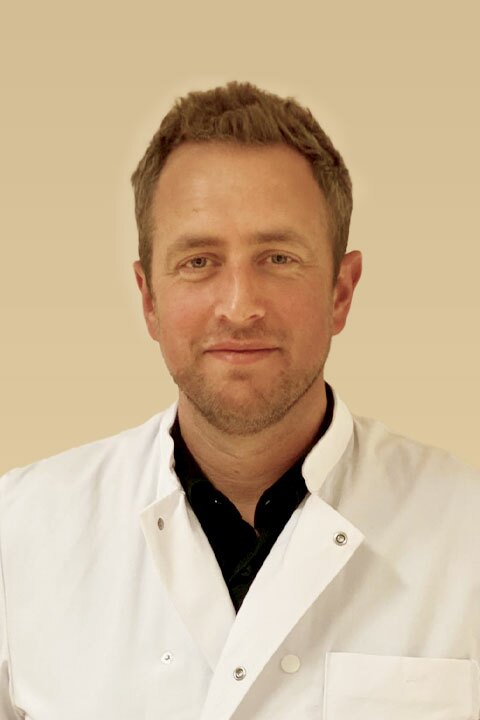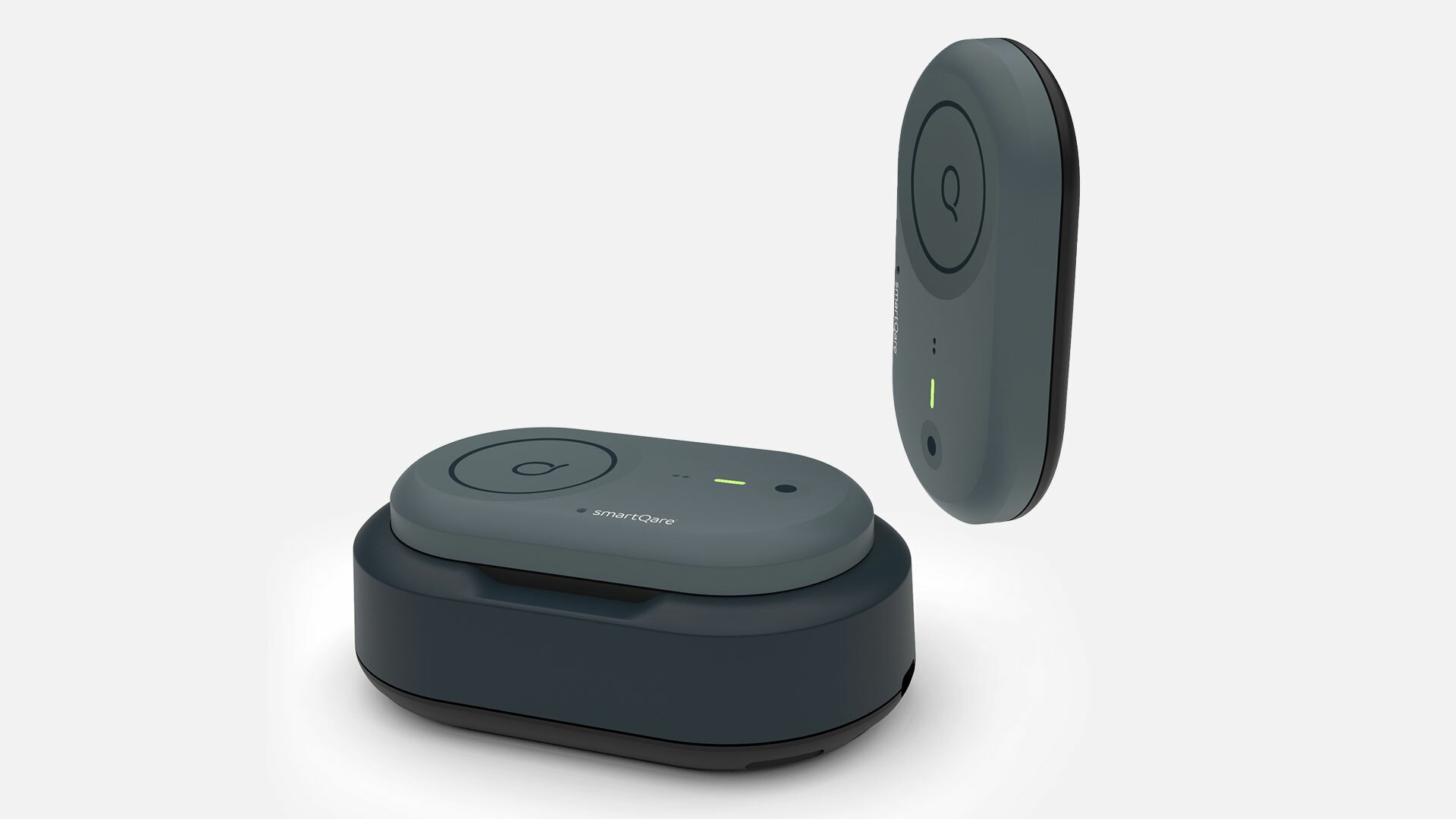
LUMC calibrates and validates oxygen saturation viQtor
An oxygen saturation that is too low is a latent danger that cannot be detected quickly enough
Rutger van der Schrier anesthesiologist LUMC
The viQtor, our wearable for 24-hour monitoring, measures, among other things, the oxygen level in the blood. At the end of 2021, the LUMC, led by anesthesiologist Rutger van der Schrier, calibrated and validated the oxygen saturation measurements. With this, the viQtor has taken an important next step towards the CE class IIa marking for medical devices based on the Medical Device Regulation (MDR).
Hypoxia not always obvious

Rutger van der Schrier: “Low oxygen saturation means that too little oxygen can be transported to the tissues. Very low values indicate hypoxia and the function of vital organs may decrease. The trouble with hypoxia is that it doesn't always manifest itself clearly. Patients may initially become short of breath but this may not always be noticed. Eventually the patient will become dazed, but only at a late stage. Strong painkillers can cause a reduction in breathing and suppress the body's normal response to hypoxia, resulting in insufficient oxygen being absorbed into the body. During the first corona waves, we saw patients come in with values of even below 70%. As a doctor, you are already 2-0 behind because damage to tissue may no longer be repairable.”
Golden standard
“You can determine an oxygen saturation that is too low with measurements. This is done in the hospital in critically ill patients by taking blood from the artery. This is the 'gold standard' and gives the most accurate results. But for that you have to take blood, which is not always convenient and can only be done in a hospital. In addition to the artery, we use the saturation meter. This measures the oxygen content in the blood flowing through the finger with infrared light. In patients recovering from surgery, a saturation measurement is performed at least three times a day, but you cannot register a sudden drop. An important step forward would be continuous monitoring as is possible with the viQtor. This allows us to see exactly how a patient's oxygen saturation progresses and intervene when hypoxia develops.”
Mixed group of subjects
“SmartQare asked us to calibrate and validate the viQtor because the LUMC is one of the few academic centers in the Netherlands that can provide this. We have all the resources and expertise at our disposal. The only challenge was the diversity of the subjects. For the measurements, we controlled the oxygen saturation of test subjects to below 70%. This is possible in healthy people because those feathers quickly return to normal levels when extra oxygen is administered again. Top athletes, for example, even regularly have very low oxygen levels. But for people from the smartQare target group, including older people with underlying conditions such as diabetes and COPD, that is a different story and it can be risky to reduce the values that far. Nevertheless, we managed to put together a well-mixed group and thus arrive at representative results.”

Peripheral veins
“The viQtor is a wearable that measures the oxygen content in the upper arm with infrared light, just like the fingertip measurement. The measured oxygen is measured from the superficial peripheral veins. We compared these values with the values of the 'gold standard', from the artery. Based on these comparisons, we calibrated and validated the viQtor. In the process, we desatured subjects to various levels so that we have a broad spectrum of metrics.”
At home and in hospital
“I'm glad I was able to participate in this because 24-hour monitoring of oxygen saturation is a new and exciting development in healthcare. During corona we experienced first-hand what a huge impact a low oxygen level in your blood can have and what terrible consequences it can have. Diagnosing hypoxia too late could be prevented with the viQtor. I see its application with us mainly in the transition from a high-tech environment such as the operating room or IC to a nursing room. Patients move from continuous measurement to a low-frequency measurement environment. Taking vital signs three times a day can delay the diagnosis of deterioration. The viQtor could play a role in this and could result in fewer actions for the nurse, who could therefore spend more time on other care. Patients could also be monitored at home in the process after hospital discharge. The GP could also remotely monitor a patient suspected of being at risk of oxygen deficiency, for example due to severe pneumonia or a lung disease such as COPD. In any case, I expect a lot from it, because it is an important development. Too low oxygen saturation is a latent danger that cannot be detected quickly enough.”
Network care
At smartQare we are on the eve of the medical CE class IIa marking, making data from our 24/7 monitoring solution useful and supportive for medical decision-making. The combination of medical device, the Clinical Decision Support Platform and app makes smartQare extremely suitable for better monitoring and monitoring patients who are rehabilitating at home and elderly people who live independently. Initially, values of oxygen saturation, heart rate, skin temperature, movement, fall detection and location determination via Galileo/GPS will be transmitted via Vodafone's Internet of Things network (NB-IoT / LTE Cat-M1). This information helps medical professionals in networked care make decisions and take action.
Stay informed
After medical certification, our network care is ready for use in healthcare. Want to stay up to date on our latest steps to market launch? Sign up for our newsletter or follow us on our smartQare LinkedIn page.
Follow the progress of smartQare
Sign up for our newsletter. And stay informed about news, background information and user experiences.